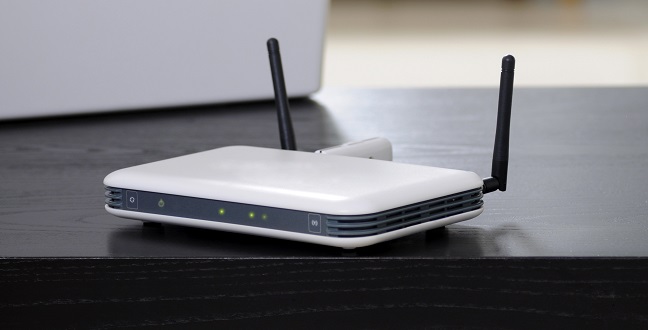Electrical Engineering
Signal noise annoys no more
Identifying noise in communication signals helps to filter out glitches and improve transmission quality.


An algorithm that cuts noise from radio signals could improve communication systems
An algorithm that estimates extraneous noise in radio-frequency communication signals can help to eliminate annoying interruptions in WiFi or digital television transmissions1.
The background hiss of a poor-quality radio broadcast is often caused by random fluctuations in the receiver’s electronic circuits. In contrast, impulse noise is a relatively rare form of interference that can be caused by nearby electrical devices being switched on.
Impulse noise, according to Tareq Al-Naffouri of the King Abdullah University of Science and Technology (KAUST), brings such high power that it obliterates the signal. Turning on a light may cause clicks in a radio signal, for example, or momentarily cause a television screen to blank. “Impulse noise is also among the most severe limiting factors in ADSL (Asymmetric Digital Subscriber Line) communications,” Al-Naffouri adds.
Al-Naffouri and his colleagues from the Division of Computer, Electrical and Mathematical Science and Engineering aimed to remedy this problem by taking advantage of a widely-used technology in wireless communication systems called orthogonal frequency division multiplexing (OFDM). This carves up a band of radio frequencies into many narrower bands, each of which carries a separate data stream.
To ensure that these subcarriers do not interfere with each other, each is separated by very narrow ‘guard bands’ which are a tight range of frequencies that carry no data. “It’s like a group of people talking in a hall — they have to spread out so that conversations don’t get mixed up,” says Al-Naffouri.
The team’s algorithm looks at these guard bands — which are supposed to be silent— for any sign of impulse noise. Then it uses these measurements to estimate the size and sources of the impulse noise. Finally, it subtracts that noise from the received signal, producing a noise-free signal.
The detailed calculations involved in this process are complex and require a lot of computing power to implement quickly enough to mitigate impulse noise. So the researchers streamlined the process to reduce the overall complexity of the algorithm while maintaining effective noise filtering.
“The systems performs very well, and with simple processing one can increase the transmission rate by 30 percent compared to current standards,” says Al-Naffouri, pointing out that the work was among the list of most-downloaded articles last year for IEEE Transactions on Communications, a leading journal in digital communications.
His team’s simulations suggest that the same approach might also be useful in improving the quality of underwater communication systems. “We hope to conduct real experiments at KAUST and move to prototype our ideas,” says Al-Naffouri.
References
-
Al-Naffouri, T. Y., Quadeer, A. A. & Caire, G. Impulse noise estimation and removal for OFDM systems IEEE Transactions on Communications 62, 976-989 (2014).| article
You might also like

Bioengineering
Sensing stress to keep plants safe

Computer Science
Sweat-sniffing sensor could make workouts smarter

Electrical Engineering
New tech detects dehydration by touching a screen

Electrical Engineering
A new interface for efficient electronics

Electrical Engineering
Artificial neurons enable neuromorphic computing with light

Electrical Engineering
Narrow-linewidth lasers bring low-noise answer

Electrical Engineering
Octopus suckers inspire sticky medical patch

Electrical Engineering



